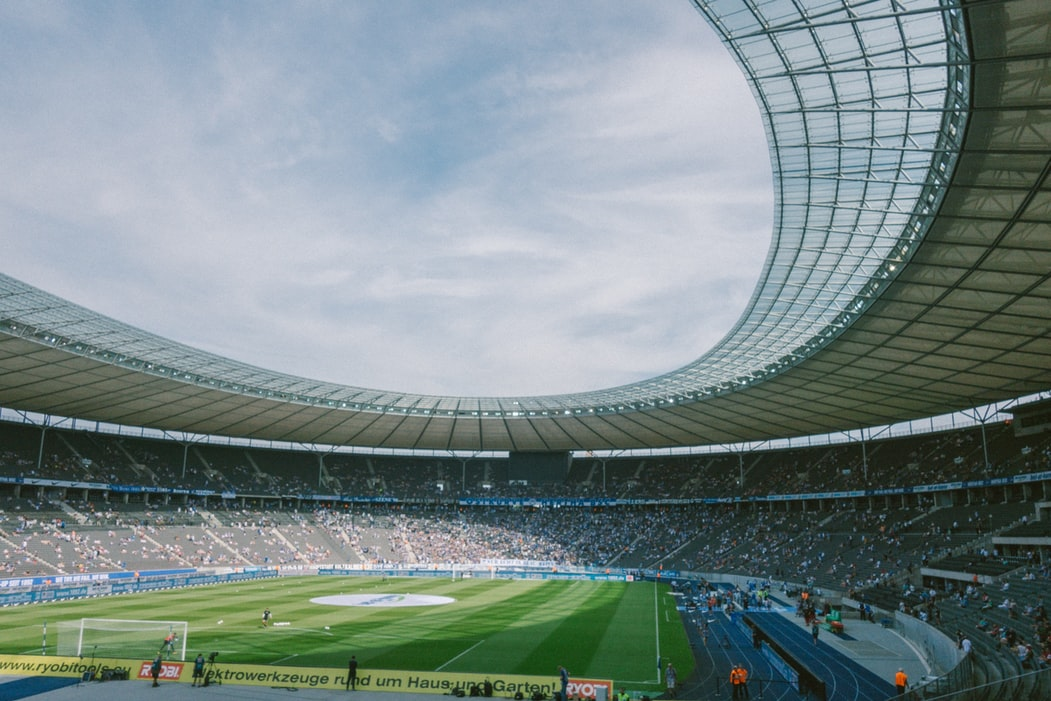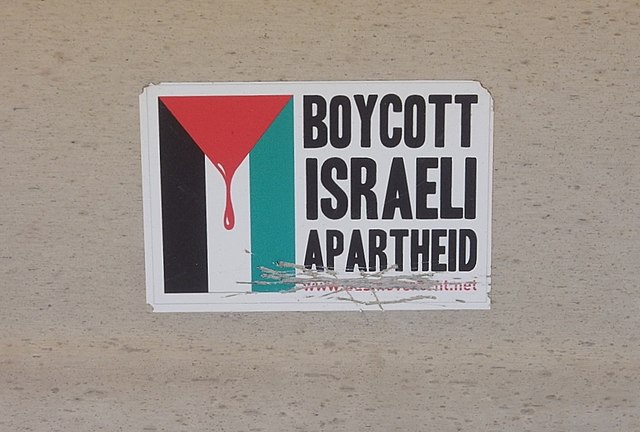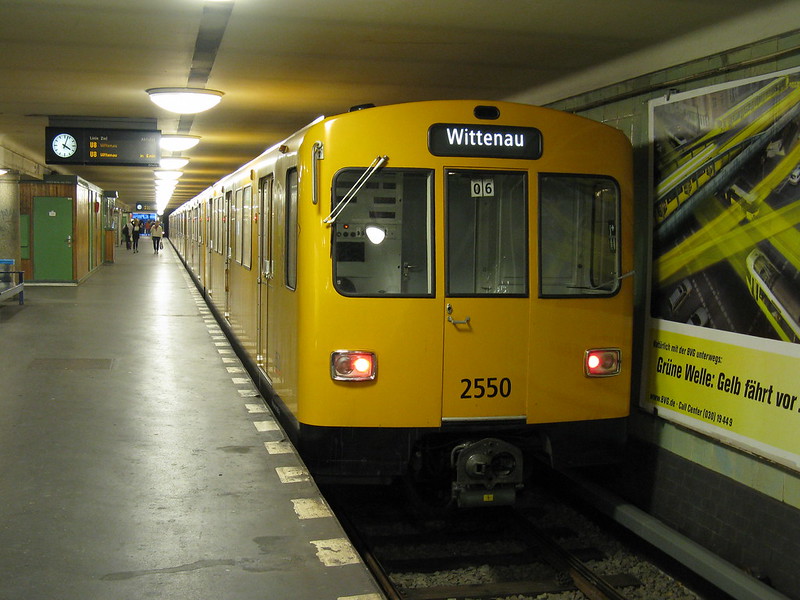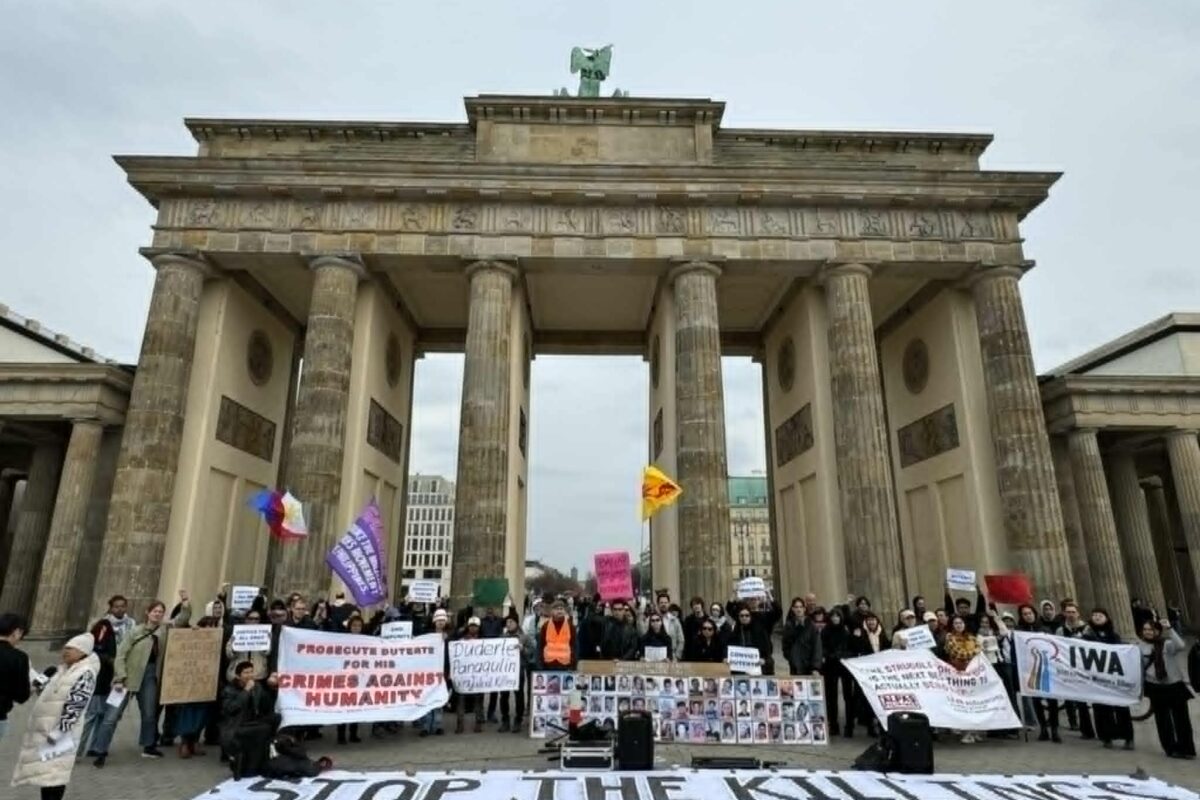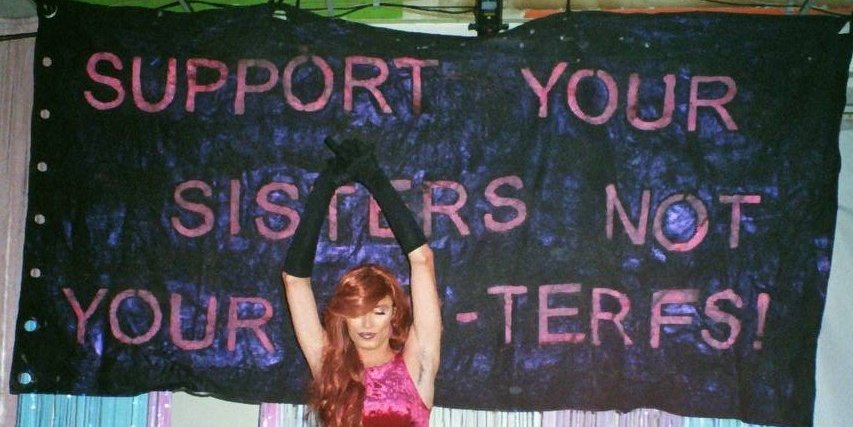Hertha BSC defeated 1. FC Union Berlin by three goals to one in the Berlin derby earlier this month. While Hertha’s victory matters to football fans, the match is a microcosm of the economic and cultural battle being waged in Germany’s capital between powerful corporations and monied interests on one side, and the actual people that make Berlin what it is on the other.
The Battle for the Bundesliga and Berlin
Germany’s Bundesliga is hailed for its ,,50+1 rule, a regulation stipulating that German football clubs must be majority owned by their own members. This means that the fans, the people that make a football club what it is, have the controlling stake, similarly to a worker-owned cooperative. A billionaire investor such as Chelsea’s Roman Abramovich has complete control over the club’s ticket prices, stadium regulations, etc. This is the case with every club in England’s Premier League.
There’s a reason Germany’s stadiums are known for having the best atmospheres and the most genuine and affordable fan experience in Europe: the fans are the ones in charge. This is the case for now, but ultras and club members will have to continue fighting and organising to maintain this control. Money talks and investors would love nothing more than to repeal the 50+1 rule. Just look at those Premier League ticket prices.

Credit: https://www.statista.com/chart/3896/how-premier-league-ticket-prices-compare-to-europes-elite/
Berlin is a city viewed similarly to the Bundesliga. Its relatively low rents, general affordability, and community organization and activism make the capital very different to London or Paris. It is a city known for its artists and openness, but the battle against exponentially rising rents, the complete commodification of housing, and a future where Berlin is a city exclusively for the wealthy has been waged for decades. Football clubs are a part of a community’s culture just like its bars, restaurants, and shops, and the fight over the 50+1 rule and Hertha Berlin’s investor takeover is a key battle in Berlin’s fight against gentrification.
Hertha Berlin’s Corporate Investor
From Germany’s reunification until 2019, Hertha were Berlin’s only Bundesliga side. During the days of the BDR and DDR, no other west Berlin club was able to establish itself in the Bundesliga. While Hertha had a monopoly on Berlin topflight football for decades, it has always disappointed. Other than Die Alte Dame, the club is also known as the Graue Maus of the Bundesliga, as it always finishes in mid table obscurity.
Hertha then suddenly began playing well, and at the same time, many of Germany’s wealthy business elite saw an investment opportunity. With Berlin being the only European capital lacking an internationally acclaimed football team, the idea of a “Big City Club” enticed quite a few. Hertha was also in massive debt, making such an investor seem appealing. Therefore, in the summer of 2019, Tenor Holdings GmBH, owned by Lars Windhorst, acquired a 49.9% stake of the club. The German investor has since invested more than €200 million.
With this new-found wealth, Hertha have spent a massive €140 million on transfer fees. Polish striker Krzysztof Piątek arrived in January from AC Milan for €24 million, smashing Hertha’s previous record signing of €10.5 million. Just days later, the signing of Lucas Tousart from Lyon was announced for €25 million. In a city with a housing crisis and high unemployment, its biggest football club casually spends €50 million on two players.

Olympiastadion. Photo: Tobi 87. This file is licensed under the Creative Commons Attribution 3.0 Unported license
Hertha has its ultras, as a traditionally working-class club from Rote Wedding, and is still majority owned by its members, but the current movement of the institution is one unfortunately towards consumerism, the commodification of football, and corporate investment. Many Hertha fans desperately want Windhorst out as he has declared bankruptcy multiple times, and may only views Hertha as an “entrepreneurial project” and not a Traditionsverein founded in 1892, but the businessman is here to stay.
Union Berlin: An Anti-Establishment Organisation
On the complete other side of the city in the district of Köpenick, lies the Stadion an der Alte Försterei, home to 1. FC Union Berlin. Köpenick is a working class district in southeast Berlin, much different from Charlottenburg. Just look at the two stadiums, Hertha’s Olympiastadion couldn’t be more different than Union’s ground in the forest. The two clubs are also in completely different financial realms. Union have spent less since 2012 on transfers than Hertha dished out for Tousart. The club’s record signing is the €2 million Marwin Friedrich.

Stadion (Stadium) an der Alten Försterei. Photo: Mefistofe. This file is licensed under the Creative Commons Attribution-Share Alike 3.0 Unported license
The reasons for this massive discrepancy are multivariate. Firstly, Union is a club from the DDR, and the process of integrating east Germany’s football clubs into the western pyramid was simply unfair. The ,,Wiedervereinigung failed east Germans in many ways, and the downfall of their football clubs was just another example of this. Only two of the DDR’s top flight sides were added to the Bundesliga in 1991, four to the second division, and the rest had to battle it out in lower leagues.
Many of the DDR’s most successful sporting institutions, including record champions Dynamo Berlin, have since dropped into the fourth tier or lower. Western clubs instantly purchased all the east’s best players, while DDR clubs lacked the business mindset and did not know how to navigate the world of sponsorships and transfer fees. Union Berlin is the only former DDR side in the Bundesliga. The club was able to gain stability in the third tier after reunification, but nearly went bankrupt multiple times.
A Club Owned by its Community
The other important factor resulting in Hertha having so much more financial might, is Union’s anti-capitalist and anti-authoritarian nature. Eisern Union’s main rival during the DDR Oberliga days was Dynamo Berlin, the football club for the state aparatus. This included sailors, soldiers, border guards, and most notoriously, the Stasi. One of Dynamo’s biggest fans was longtime Minister of State Security Erich Mielke.
At the same time, Union was a club for workers, initially sponsored by the FDGB, one of the DDR’s main trade unions. These workers often bumped heads with the DDR’s ruling Socialist Unity Party (SED). The terraces at the Stadion an der Alte Försterei became a safe-haven for anti-SED speech, cultivating a fierce rivalry between the two clubs. Today, Union continues this tradition and constantly protests against Red Bull owned RB Leipzig and TSG Hoffenheim, propped up by SAP owning billionaire Dietmar Hopp.

Eisern Union was able to fight off multiple financial crises by obtaining key sponsors and navigating the capitalist marketplace, but most importantly by being a keystone of the community. The club is owned by its members, and this social ownership is what allowed Union to not just survive, but survive without selling its soul to a wealthy investor. To be allowed to play in the 2. Bundesliga, the Stadion an der Alte Försterei had to undergo massive renovations, and the community showed up to work. Thousands of club members volunteered to help renovate the stadium, while even more sold their own blood to raise money so that Union could be promoted to the 2. Bundesliga.
Hertha vs Union and the Battle for Berlin
Union quintessentially represents what Berlin is known for. The stadium belongs to the fans, not some rich billionaire like Roman Abramovich. The fans are not just proud of Union Berlin and what it has been able to accomplish, but they organise and fight to keep it. While Hertha is now threatened by an investor like Windhorst, and the derby can seem like a capitalist financial juggernaut versus a grassroots, worker-owned organisation, the west Berlin club is not much different than Union. It has its working class roots, its fans are organised and aren’t afraid to fight for control. While the animosity between the fans of both clubs has only grown over the years, it might be time to put that aside and organise to fight together for the control of Berlin.
